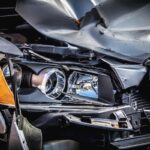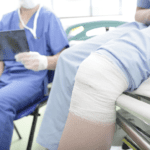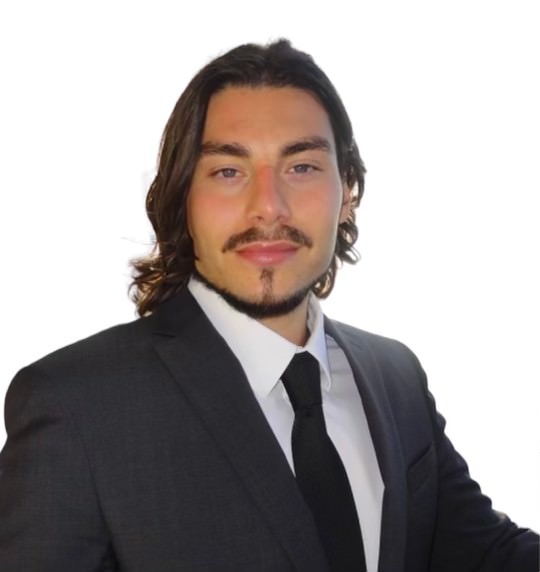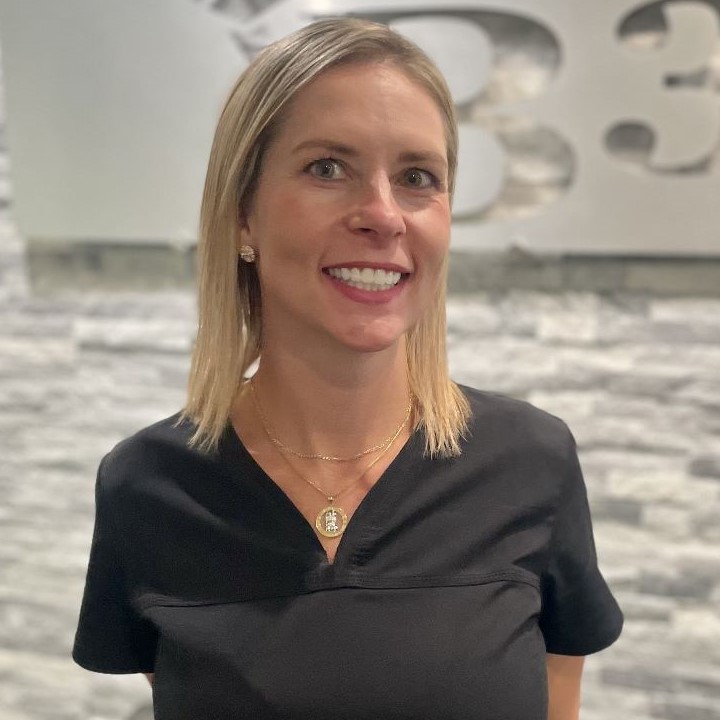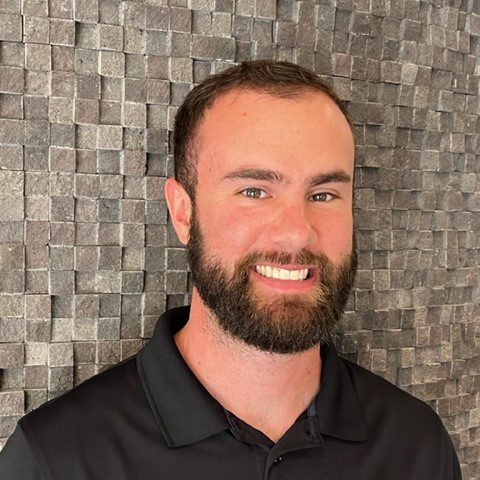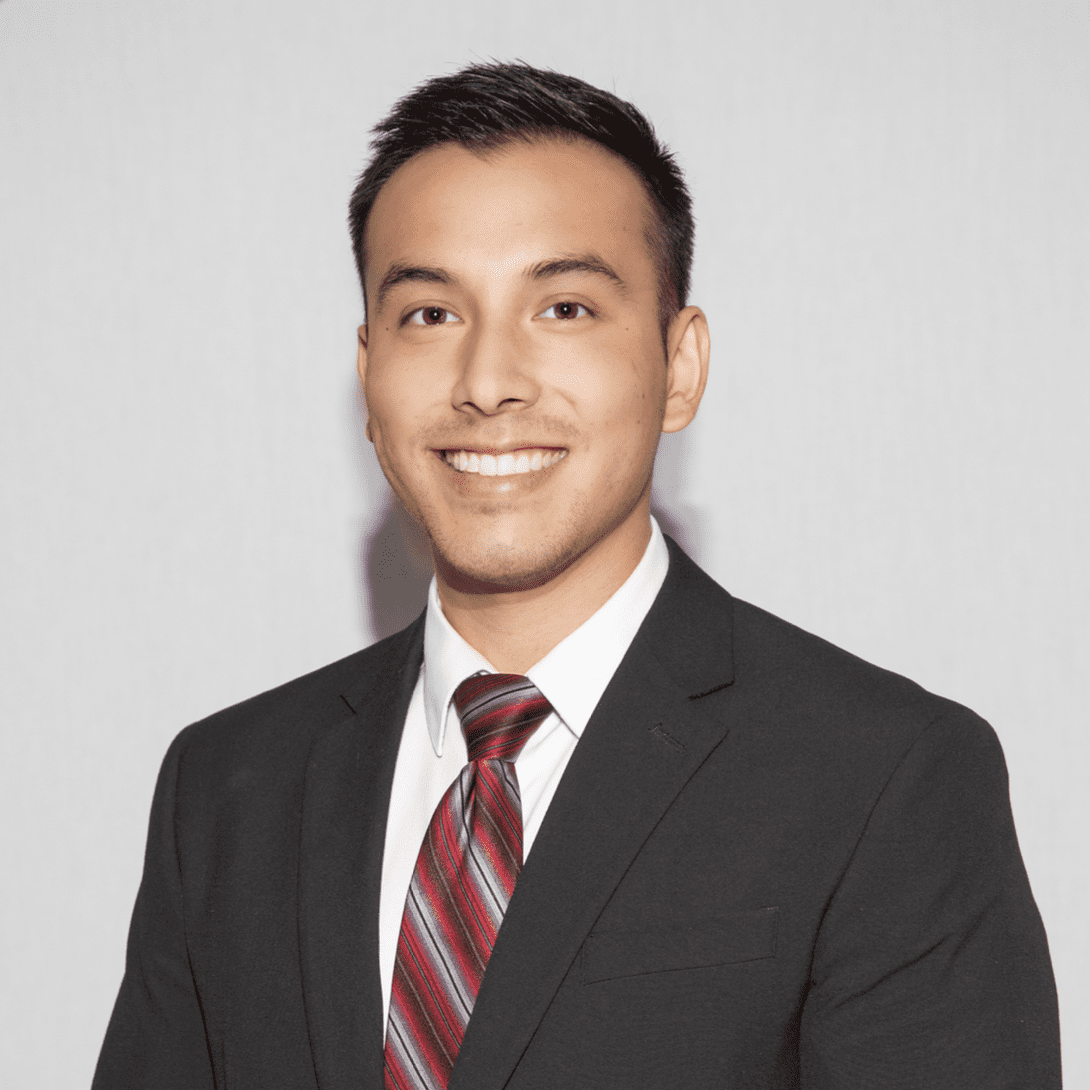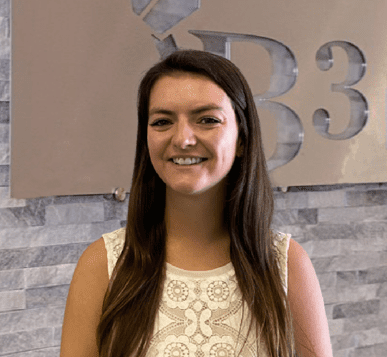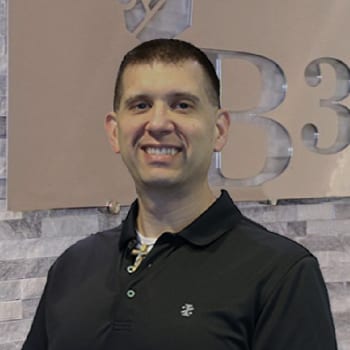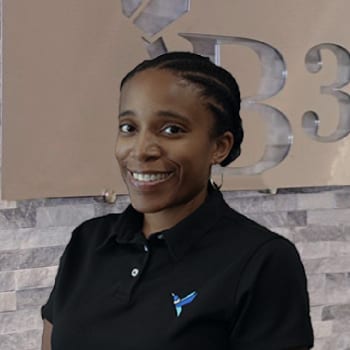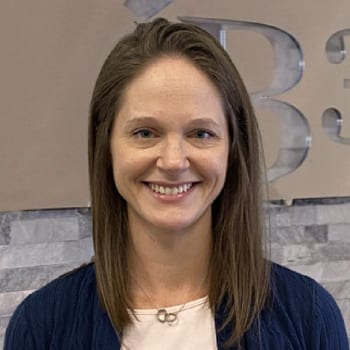Can you picture what it must be like if the body can repair broken ligaments or damaged joints on its own? Regenerative medicine makes it possible. This medical innovation is performed to repair damaged or injured body tissues using human cell tissue products. Rather than focus on short-term pain relief, regenerative therapy promotes long-term healing and the restoration of normal function.
What Is Regenerative Medicine?
Regenerative medicine is a brand-new field with great potential. It focuses on tissue repair and healing by utilizing your body’s natural healing factors. You can heal tissues damaged by diseases, deterioration, and injuries without using steroids or synthetic medicine. When your body suffers from damage or injury, your healing factors naturally gravitate to the affected area and begin the healing process. This procedure can heal damaged tissue as well as regenerate new healthy tissue.
Regenerative therapy is used to help you recover from illness or injury without the need for surgery. To promote self-healing, we tap into your natural healing capabilities. Regenerative therapy is not an anti-inflammatory or narcotic treatment. It is performed by injecting healing factors into a specific body area to help it heal from injury or illness or to improve its condition.
Why Should You Consider Regenerative Treatments?
Avoid the Effects of Steroids
Regenerative therapy is an excellent alternative to pain medication. Traditionally, doctors prescribe steroids to relieve inflammation and pain temporarily. Steroids, on the other hand, can be harmful to your body. You may experience bone and cartilage degeneration over time due to it.
Nowadays, you can choose to undergo regenerative therapy to avoid steroids and the eventual weakening of joints or muscles. The treatment only requires injection at the site of pain or injury and is safe to use indefinitely.
Avoid Invasive Surgery
Have you ever experienced knee, joint, or even shoulder pain? If you don’t wish to undergo major surgery, which can be frightening, regenerative therapy may be the answer for you. Surgery can result in a lengthy recovery period and involves many risks.
What Medical Conditions Can Regenerative Medicine Treat?
Chronic Joint Pain
The weakening of the joint cartilage that protects the bones is the primary cause of chronic joint pain. As the cartilage starts to deteriorate, your bones begin to rub against each other, causing pain when moving. Ligaments and muscles can also be harmed as a result of this condition.
Many persons with severe joint pain believe that their only option is a joint replacement or surgery. As a non-surgical treatment, regenerative therapy has shown great potential in the treatment of joint pain. It can assist the body in self-healing the cartilage and reducing long-term inflammation.
Rotator Cuff Injuries
Injuries to the rotator cuff cause pain in the shoulder and upper arm. When you reach up or out, you might experience a painful, stabbing sensation. The tendons rub against nearby tissues when you turn or move your arm. As a result, the pain worsens when you perform simple activities such as wearing clothes. You might also wake up with dull, aching shoulder pain.
To promote repair and regrowth, regenerative cellular tissue is directly injected into the injured area. These injections, which contain mesenchymal stem cells and therapeutic growth factors, help heal your rotator cuff damage by creating a healing environment.
Osteoarthritis
The most prevalent type of arthritis, osteoarthritis, affects countless people around the globe. When the cartilage that protects the ends of your bones weakens over time, it causes this condition. Although osteoarthritis can affect any joint, it is most commonly associated with the fingers, knees, hips, and spinal column.
Regenerative therapies induce the body’s healing processes to restore and delay the degradation of tissues caused by osteoarthritis. The treatment can help reduce inflammation and pain so that you can postpone or avoid knee replacement surgery.
Ligament Tears and Sports Injuries
Tendons and ligaments often do not heal quickly due to the low blood supply where they attach to the bones. As a result, in many cases, patients do not fully recover from ligament tears. If your injuries do not respond to conventional treatments, regenerative therapy may be the best option. Physical therapy and corticosteroid injections aren’t always enough to relieve pain caused by torn ligaments.
Regenerative therapies give torn ligaments a second chance to heal. The treatment causes the injury to go through the same healing process as it did when the damage first occurred. It triggers the body’s natural healing mechanisms, allowing your injured ligaments or tendons to repair themselves a second time.
How Are the Treatments Performed?
Platelet-Rich Plasma (PRP) Therapy
The treatment utilizes platelet-rich plasma extracted from your blood. Platelets are cells in our bodies that contain growth factors that help the body heal wounds naturally. PRP therapy is used to treat injuries and chronic illnesses that haven’t responded to traditional treatments. The treatment can be done anywhere on the body, including ligaments and connective tissues.
During the treatment, we take a sample of your blood, spin it in a centrifuge to extract the growth factors, and inject the PRP directly into a damaged joint or muscle. By injecting these strong growth factors, we induce and speed up the body’s natural reaction to recruit stem cells. Natural healing begins.
Mesenchymal Stem Cells & Regenerative Cell Matrix
Within the umbilical cord, mesenchymal stem cells are found in a gelatinous fluid. This fluid is made up of a matrix of undifferentiated cells that can heal any cell in the body. This versatile umbilical cord gel and healthy amniotic tissue are used to create regenerative cell matrix products. To aid healing and ensure safety, the cells and tissues are cryopreserved, minimally processed, and are rigorously tested for viability.
In the treatment, regenerative cell matrices are combined with the PRP taken directly from your blood. The mixture is injected directly into the injured or damaged area to encourage natural healing and tissue repair. The procedure is a simple, non-surgical method that requires no downtime or recovery period. You can continue to live your everyday life while allowing the regenerative components to create a balanced, ideal environment in which your body can heal.
What Can You Expect From Your Treatment?
Regenerative medicine gives hope to people with chronic pain and sports injuries. You might notice an immediate reduction in pain after just one session. However, because each patient is unique, additional therapy sessions may be required. The nature of the injury or tissue damage also determines the actual course of treatment.
The extent of damage to the injured area, the type of disease being improved, and the location of the injured area all influence the success of the therapy. The amount of time it takes for you to get better is highly dependent on the injury or condition you’re working on. For several months after your session, the treatment continues to repair damaged tissues.
A Modern Approach to Healthcare
Medical experts are always finding new ways to identify your source of pain and to correct it. Thanks to regenerative therapies, you can live a truly satisfying life without being limited by pain or discomfort. Would you like to optimize your overall health instead of simply masking your pain? Schedule an appointment with B3 Medical: Wesley Chapel to learn more about our services and get started on your path to better health.
